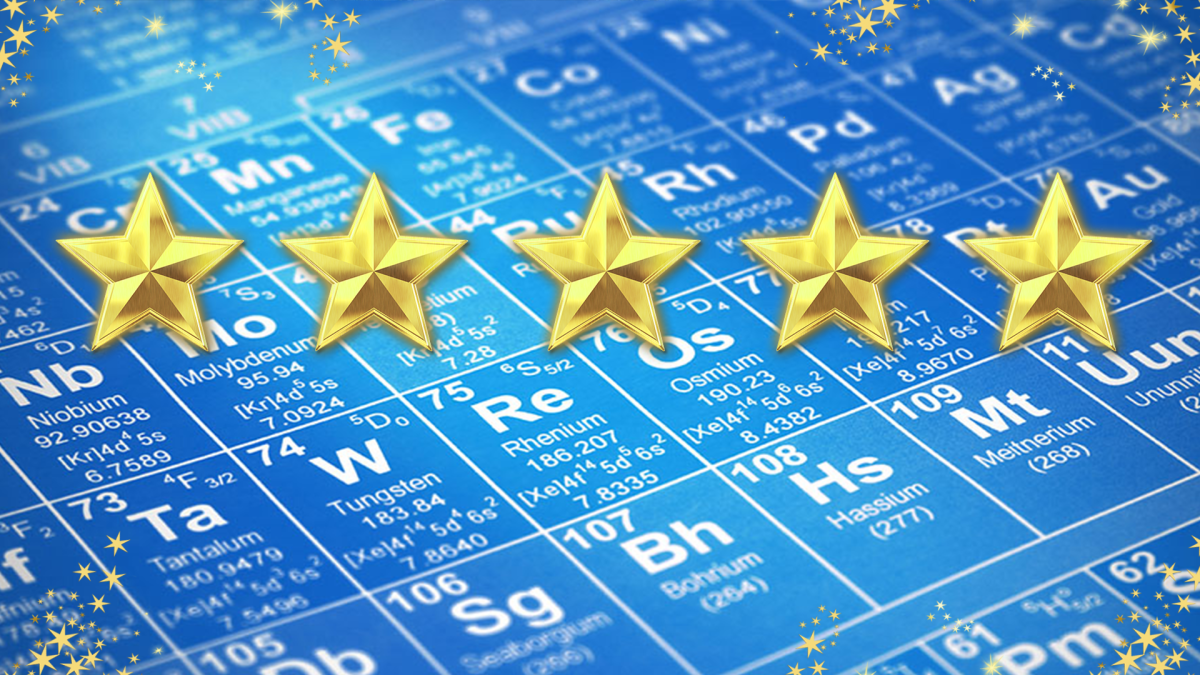
Compounds, Mixtures and Solutions
by Brian Clifford
Lesson explores compounds, mixtures and solutions, defining each and what distinguishes them from each other. Students complete a lab as an introduction, use a PowerPoint to refine their knowledge and complete an activity that incorporates additional concepts of balancing formulas and other math such as percentages.
Lesson Plan Link/URL
https://docs.google.com/presentation/d/1y3Exsd1aJwglQJSHJxP926eNYEK8Cfm_yecvO6-…Subject Area
Science Physical Science P1: Matter Mathematics Counting and Cardinality (CC) Operations and Algebraic Thinking (OA) Measurement and Data (MD) Ratio and Proportion (RP) Expressions and Equations (EE) Number & Quantity (N)
Featured
Off
Related Content

Grades:
9th Grade, 10th Grade, 11th Grade, 12th Grade
The first rule in the chemistry lab is “don’t eat or drink or lick anything in the lab”! This lesson breaks those rules and shows students how culinary is really a practical application of chemistry

Grades:
7th Grade, 8th Grade, 9th Grade, 10th Grade, 11th Grade, 12th Grade
This is an introduction to exoplanets and their discovery. In the hands-on activity, students make a lightcurve for an exoplanet transit using data from the DIY MicroObservatory Telescope Network.

Grades:
7th Grade, 8th Grade, 9th Grade, 10th Grade, 11th Grade, 12th Grade
Teachers will be introduced to the VEX V5 Robotic Platform. We will start with an Introduction to robotics and how robotics is used in industry. Students will understand the key resources they will be